Recognizing the business value of modernizing PSI’s systems was the first step for CleanSlate. To do this, PSI had to ask themselves the question “Why?”.
The second step was needing to define a roadmap and plan to align with their “Why”. That meant assessing what they had, how they wanted to operate in the future, what business goals would be achieved, and how that should be expressed in their specific architectural design and operational goals.
CleanSlate evaluated their current environment. We recommended technical strategies, architectures, toolsets, and migration approaches that would be successful and work for their environment, all in accordance with the Well-Architected Framework (WAF).
CleanSlate’s team set up a minimally viable product (MVP) to demonstrate the future state and realize immediate value. We identified which workloads needed to move together. We collaborated with our partner to understand what systems should be moved in what order, then worked to execute that backlog in a way they could consume.
We then commenced building out the remainder of the landing zone, and began migrating workloads into their future, cloud-centric environment. The solution that worked best for this PSI was to set up a hybrid architecture on AWS to orchestrate containers in Kubernetes, using the AWS EKS service. We also set up CICD pipelines to increase the velocity with which they were able to deploy changes. Jenkins was used to automate system builds of their custom solutions. Systems were grouped into clusters and migrated together using AWS EKS. In the process, we resolved scalability and availability problems with existing systems by using autoscaling groups and other compute features on AWS.
Fargate? Yep, used that too.
Where did it go from there? Well, PSI was so happy with our engagement they asked us to evaluate and move workloads from another environment. So, the partnership continues.

